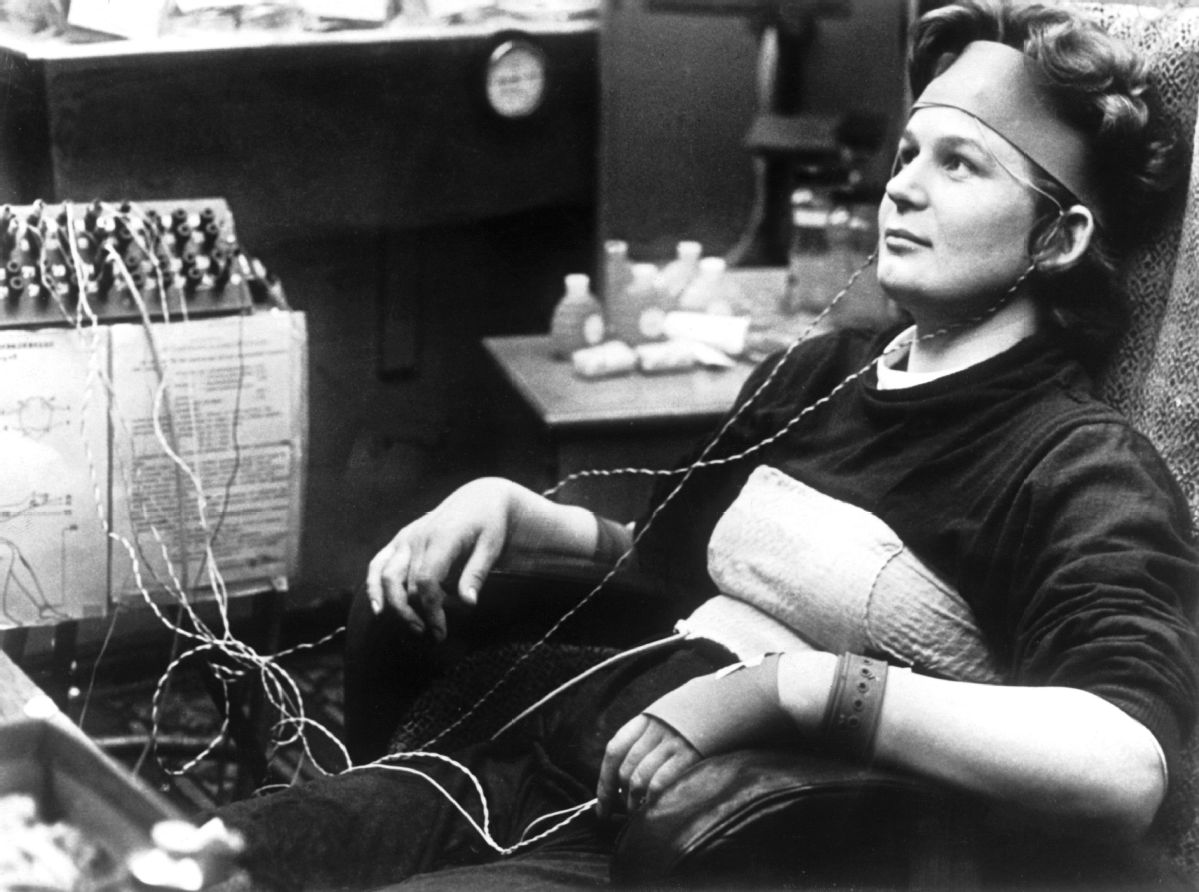How the space race starting gun was fired


The pride resulting from Gagarin's mission has remained with his compatriots for decades-through the collapse of the Soviet Union in 1991 and the Russian economic crisis in 2014 to the present day.
The Russian space industry has struggled in recent years, experiencing a series of mishaps, but sending the first human into space remains one of the crowning achievements of the Soviet space program.
The day of Gagarin's flight, April 12, is celebrated every year in Russia as Cosmonautics Day. This year, the authorities pulled out all the stops to mark the 60th anniversary, with 24-hour television coverage, murals on high-rise buildings and laser projections of Gagarin's portrait.
The now-rusty Vostok capsule is on display at the Museum of Cosmonautics in Moscow, which is staging a new exhibition dedicated to his achievement.
Visitors are shown documents, photographs and personal belongings, some dating to Gagarin's childhood and school years.
Vyacheslav Klimentov, a historian and the museum's deputy director of research, said, "This (Gagarin) is probably the only surname that everyone (in Russia) knows, from 4-year-old children to people over 80."
Tatiana Brazhnikova, a 49-year-old school teacher visiting the museum, was quoted by Agence France-Presse as saying: "That the first manned flight into space was made by the Soviet Union was very significant for our state. I feel great pride in this achievement."
In a message sent from the International Space Station, the four Russians on board saluted "all earthlings" and hailed Gagarin's accomplishment.
























